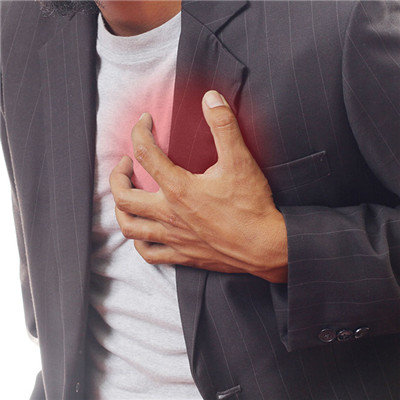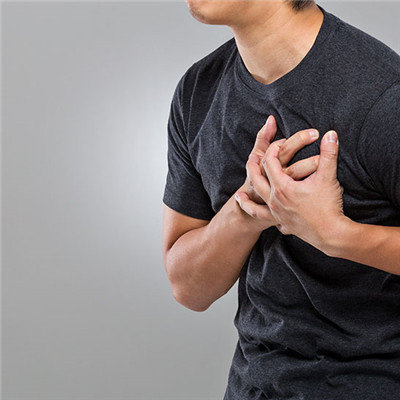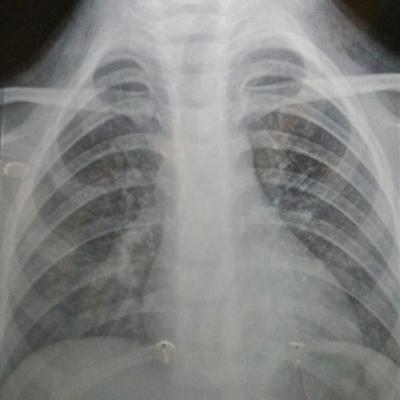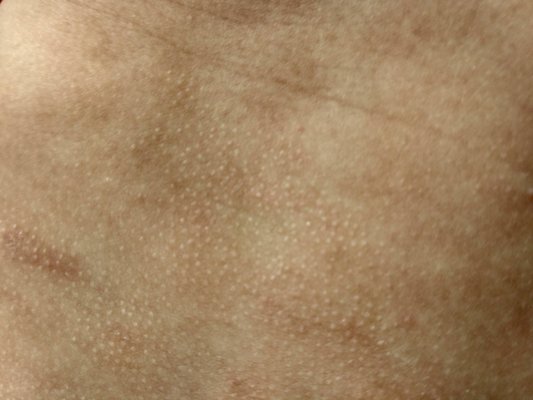What symptom does costal cartilage inflammation have
summary
Costochondritis is a common disease, which can be divided into two types: nonspecific costochondritis and infectious costochondritis. The most common is nonspecific costochondritis, accounting for more than 95%. Adults aged 25-35 are more likely to suffer from the disease, most of them are women, and the elderly also have the disease. Infectious costochondritis, also known as suppurative costochondritis, is a relatively rare surgical infection. After getting sick, go to the hospital as soon as possible, find a doctor for diagnosis, but it's best to treat conservatively first, and then carry out the operation if it's really impossible.
What symptom does costal cartilage inflammation have
Symptoms include chest pain at first, swelling and swelling of the affected cartilage, accompanied by tenderness. Deep breathing, coughing and movement of the affected side of the upper limb will appear when the pain intensifies, sometimes to the shoulder or back radiation.

The causes of inflammation are: 1. Inflammation caused by influenza and other viruses. 2. The patient sprained the cartilage between the ribs and got inflammation, which is one of the common chest wall pain diseases. 3. Relatively rare is the rib fracture, but also the most painful situation. 4. Many other causes are related to tuberculosis, systemic malnutrition, rheumatoid arthritis, subluxation of the Sternocostal joint, chest impact injury, severe cough and other injuries.

At ordinary times, we must pay attention to improve the awareness of protection, it is best not to lift heavy objects, also do not use too much force, beware of chest rib cartilage, ligament damage. Pay attention to the combination of work and rest, more rest, not too tired. To often open the window ventilation, keep the indoor air fresh, go out for a walk, enhance their own resistance.

matters needing attention
Costochondritis symptoms from light to heavy, and repeated attacks, time also from months to years. When the involved costal cartilage is enlarged to a certain extent, some will gradually shrink; But also the situation is that although the pain has subsided, and costal cartilage continues to expand, and will not shrink. Early treatment is the right decision.












